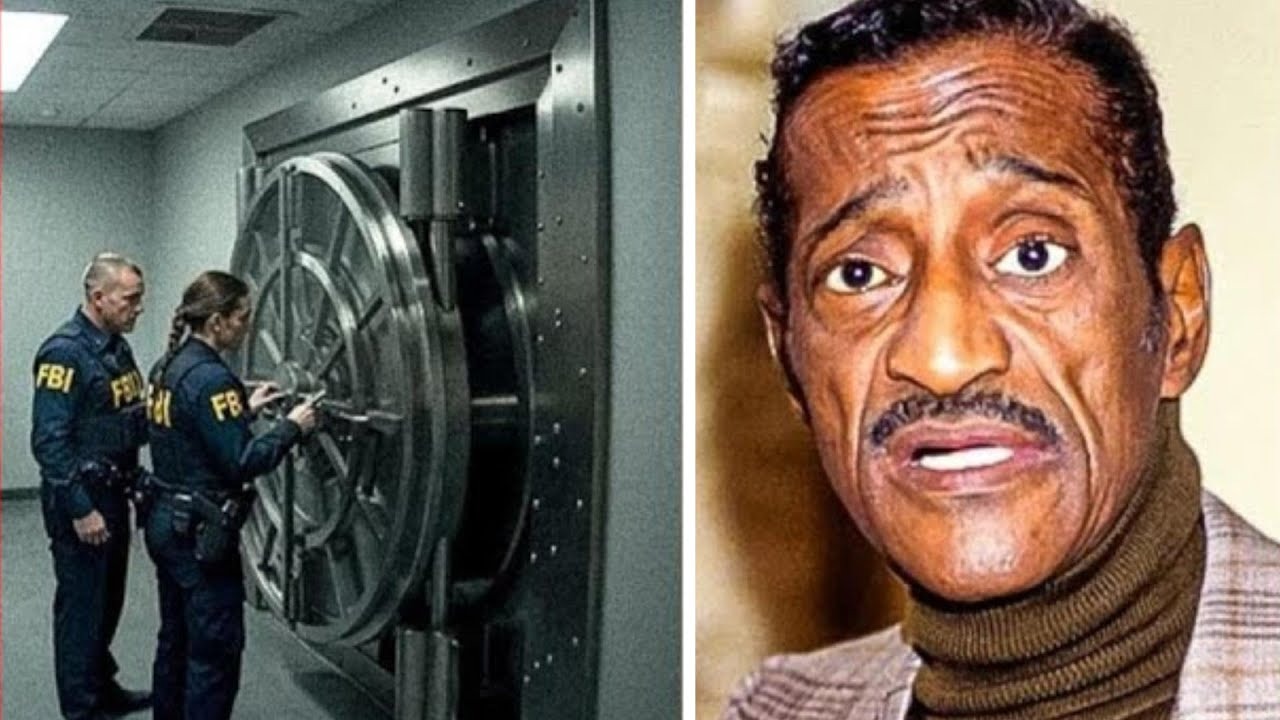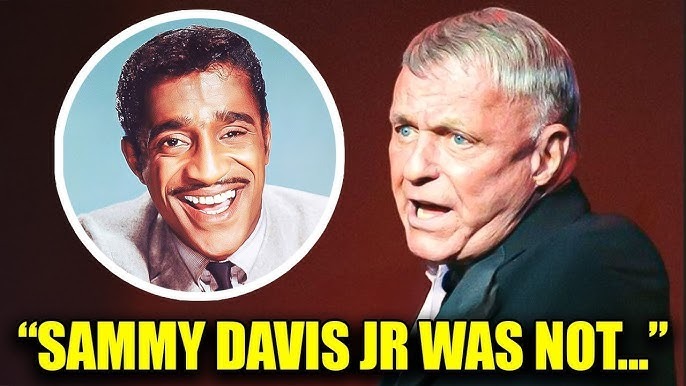# Sammy Davis Jr.’s Vault: Unveiling the Hidden Truths

Sammy Davis Jr., a charismatic member of the Rat Pack, epitomized fame, wealth, and charm in the mid-20th century. Yet, behind his dazzling persona lay a tumultuous life of addiction, conflict, and concealed secrets.
For 30 years, a secret vault containing letters, documents, and recordings remained untouched, holding a narrative far different from his public image. Now opened, these revelations beg the question: did the world ever truly know Sammy Davis Jr.?
Born into a segregated America, Sammy faced intense racial discrimination, yet his talent transcended barriers. His performances in Las Vegas captivated diverse audiences, but his personal choices sparked controversy. Documents from the vault reveal the backlash he endured for interracial relationships, notably with white actress Kim Novak in 1957.
Threats from mobsters, orchestrated by Columbia Pictures’ Harry Cohn, forced Sammy to end the romance under duress, even staging a fake marriage to Loray White to appease critics. Despite this trauma, Sammy later married May Britt, a Swedish actress, in 1960, defying anti-miscegenation laws.
Their union, though genuine, drew death threats and cost him white patronage, stalling his career. Still, Sammy saw it as a civil rights triumph, a sentiment echoed in vault records celebrating the 1967 Loving v. Virginia decision.

The vault also exposes Sammy’s activism in Las Vegas, where he refused to perform unless black patrons could stay, dine, and gamble alongside whites. Earning $25,000 weekly by 1960, his influence forced venues like The Sands to desegregate, earning him the NAACP Spingarn Medal. Yet, his community often labeled him a sellout.
Documents show Sammy’s pain over this perception, intensified by his 1972 support for Nixon’s re-election. A public hug with the Republican president, captured on camera, outraged black Americans amid Nixon’s mixed civil rights record.
Hate mail and boos at events like the 1973 Operation Push convention left Sammy feeling betrayed, despite his history of supporting MLK and the NAACP.
Personal demons haunted him too. Vault records detail his army days of brutal racism—beatings and psychological abuse—and a 1954 car accident costing him an eye.
These scars fueled his descent into alcoholism and cocaine addiction, worsened by Rat Pack excesses. Drinking became an escape, straining relationships, including his marriage to May, which ended in divorce after seven years due to infidelity. By 1989, throat cancer struck, ending his life in 1990.
Sammy’s vault uncovers a man of contradictions—bold in defying racial norms, yet vulnerable to societal rejection and personal vices. His legacy, stained by missteps like the Nixon incident, also shines with contributions to civil rights.
These revelations strip away the polished icon, revealing a complex figure who battled for acceptance on stage and in life, leaving an indelible, if conflicted, mark on history.

